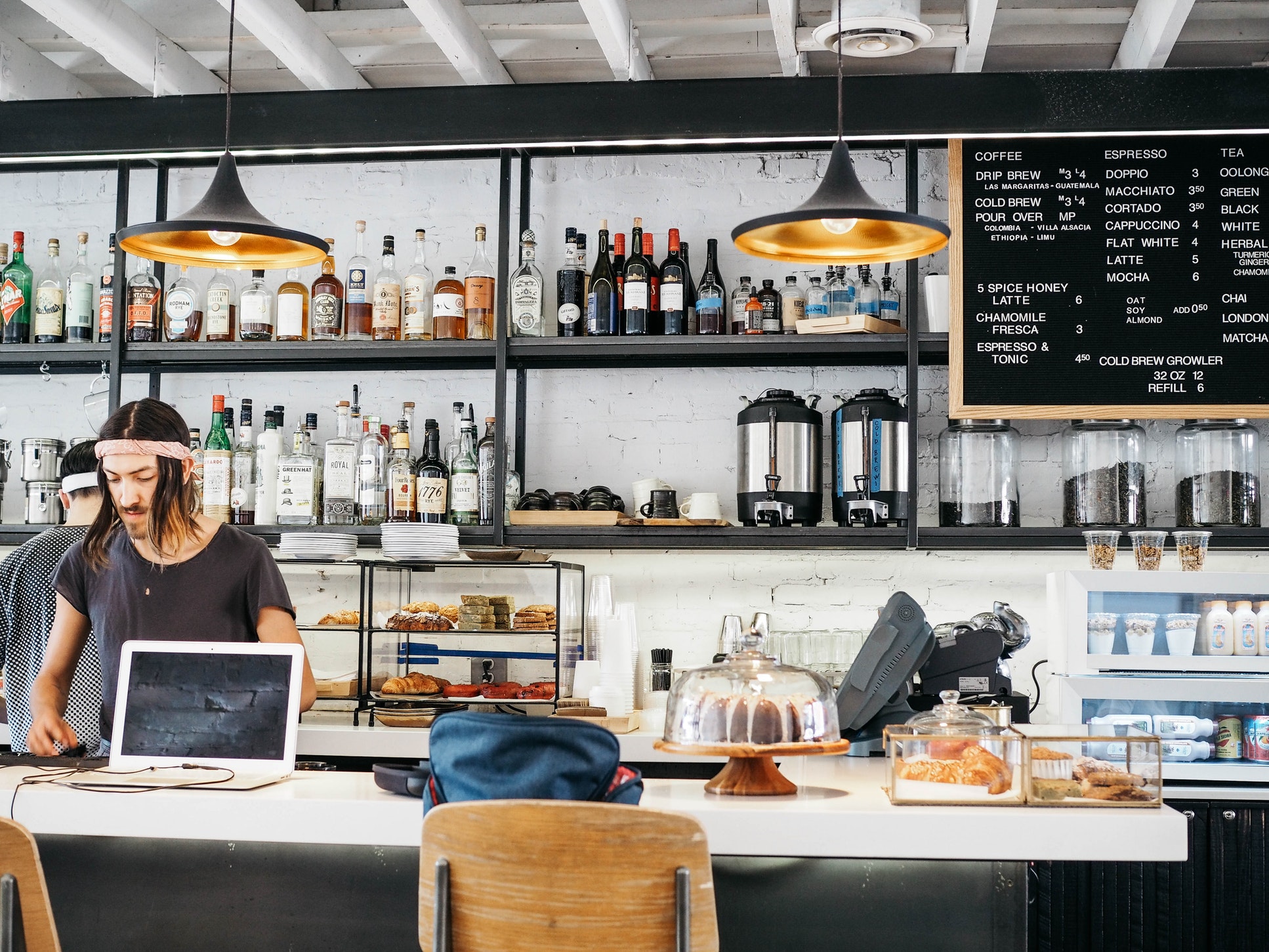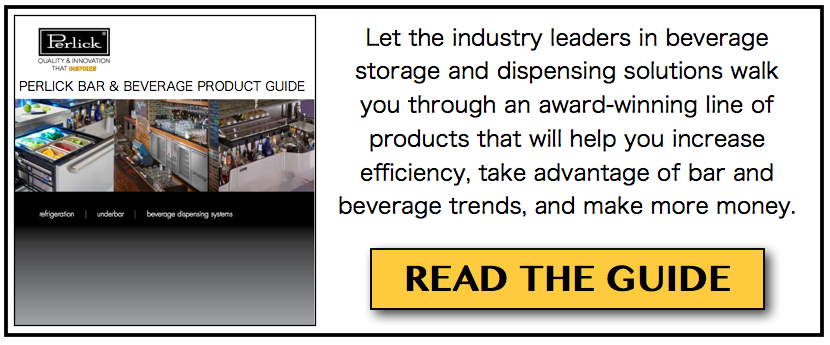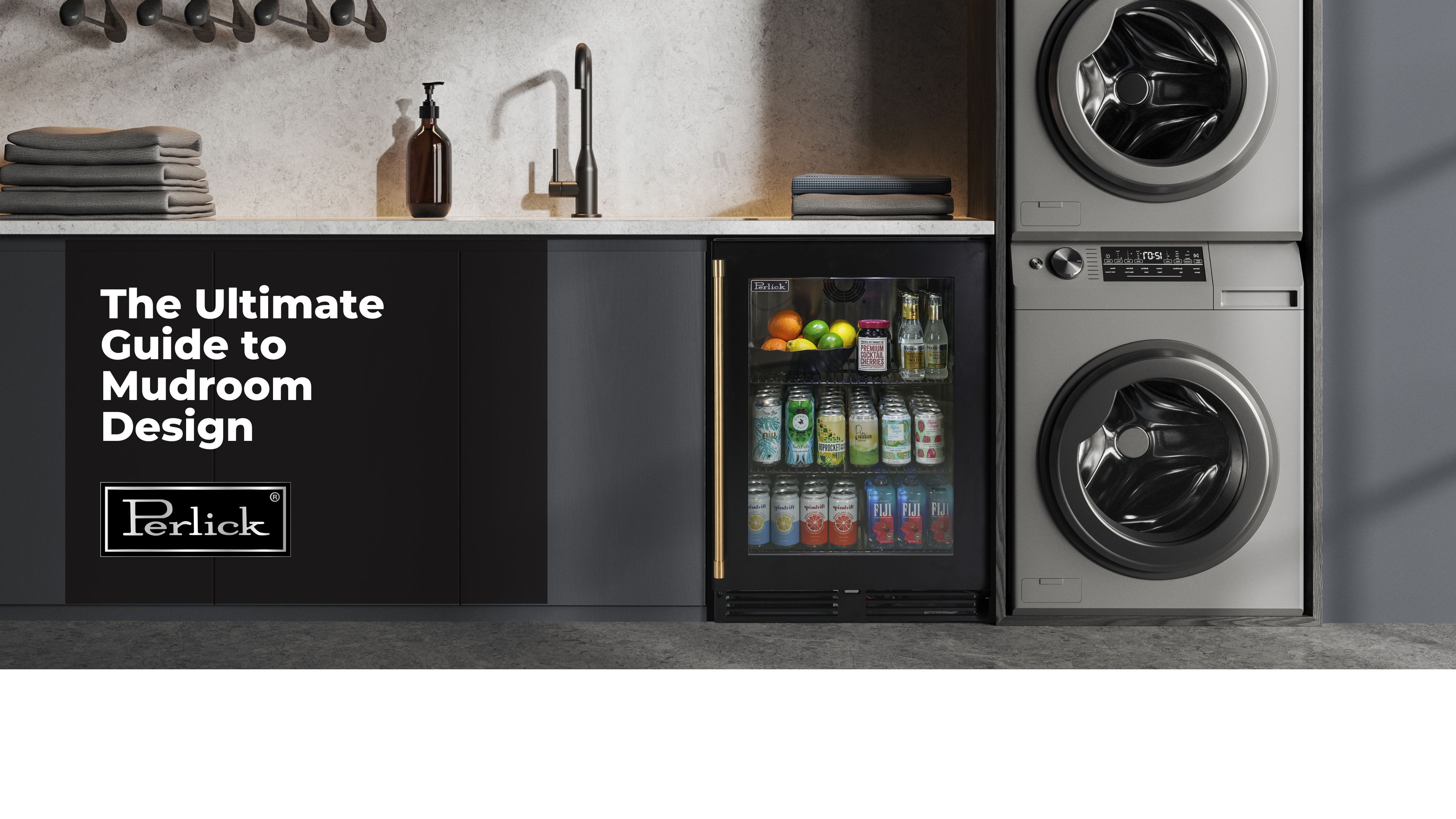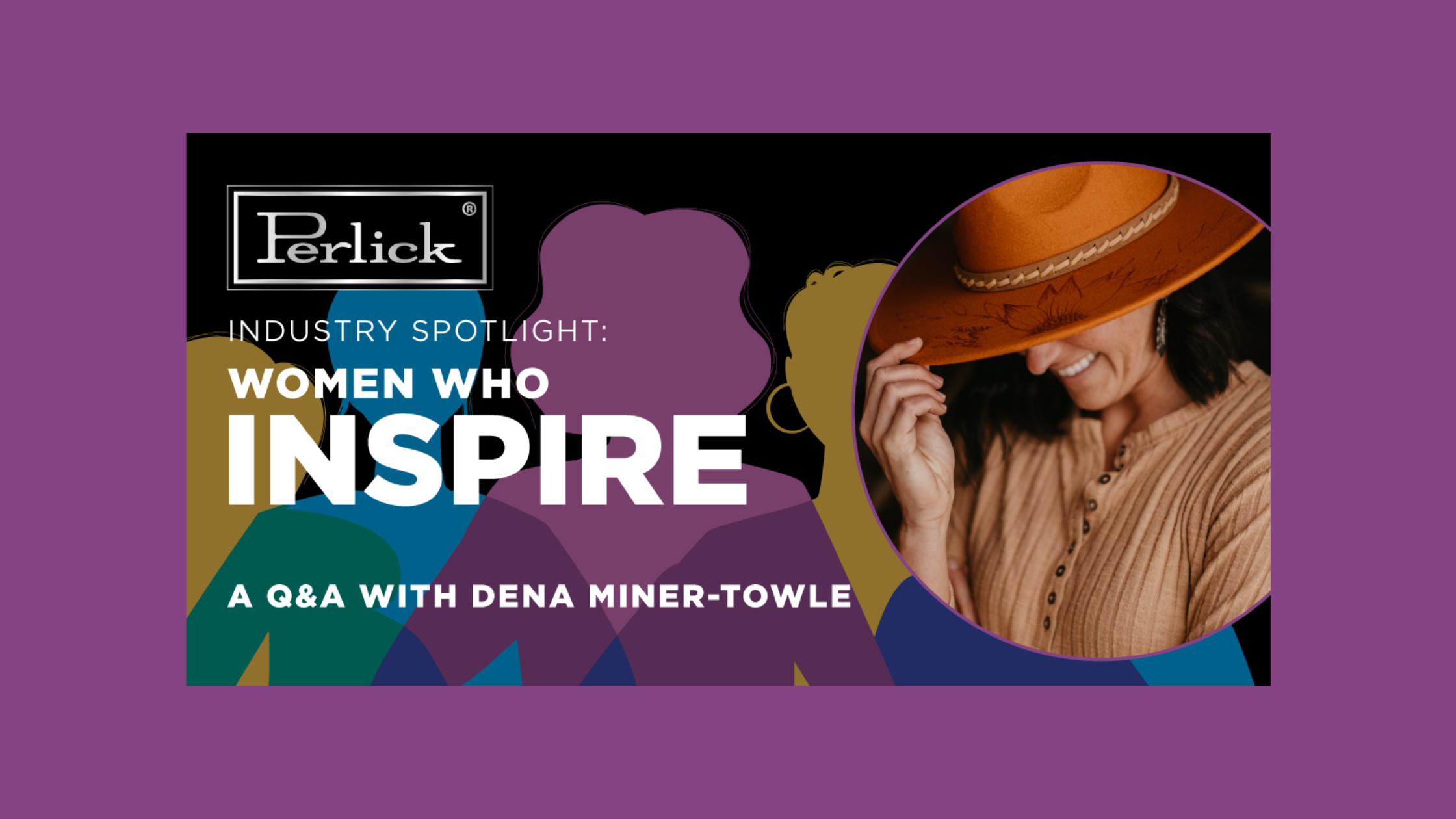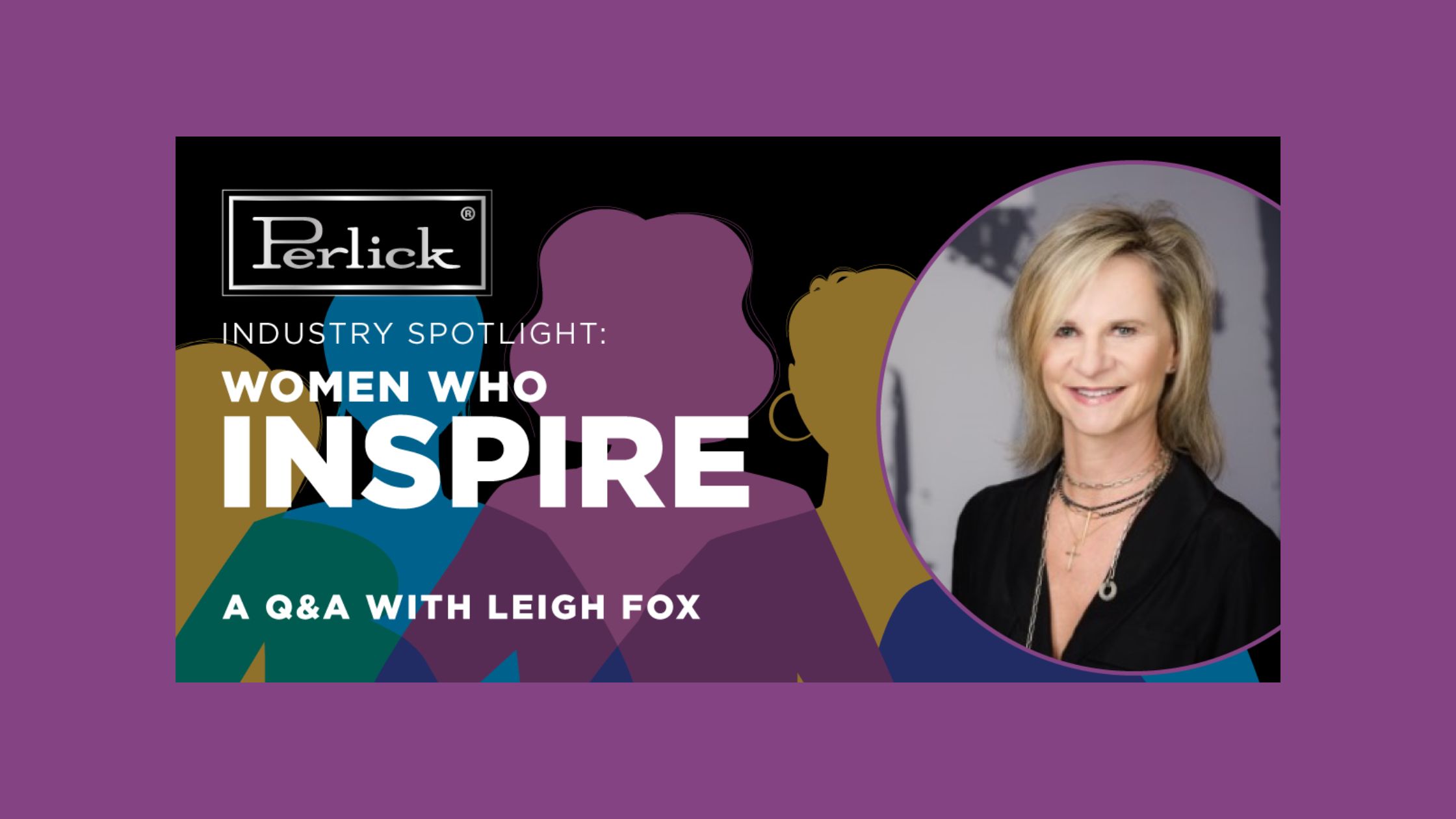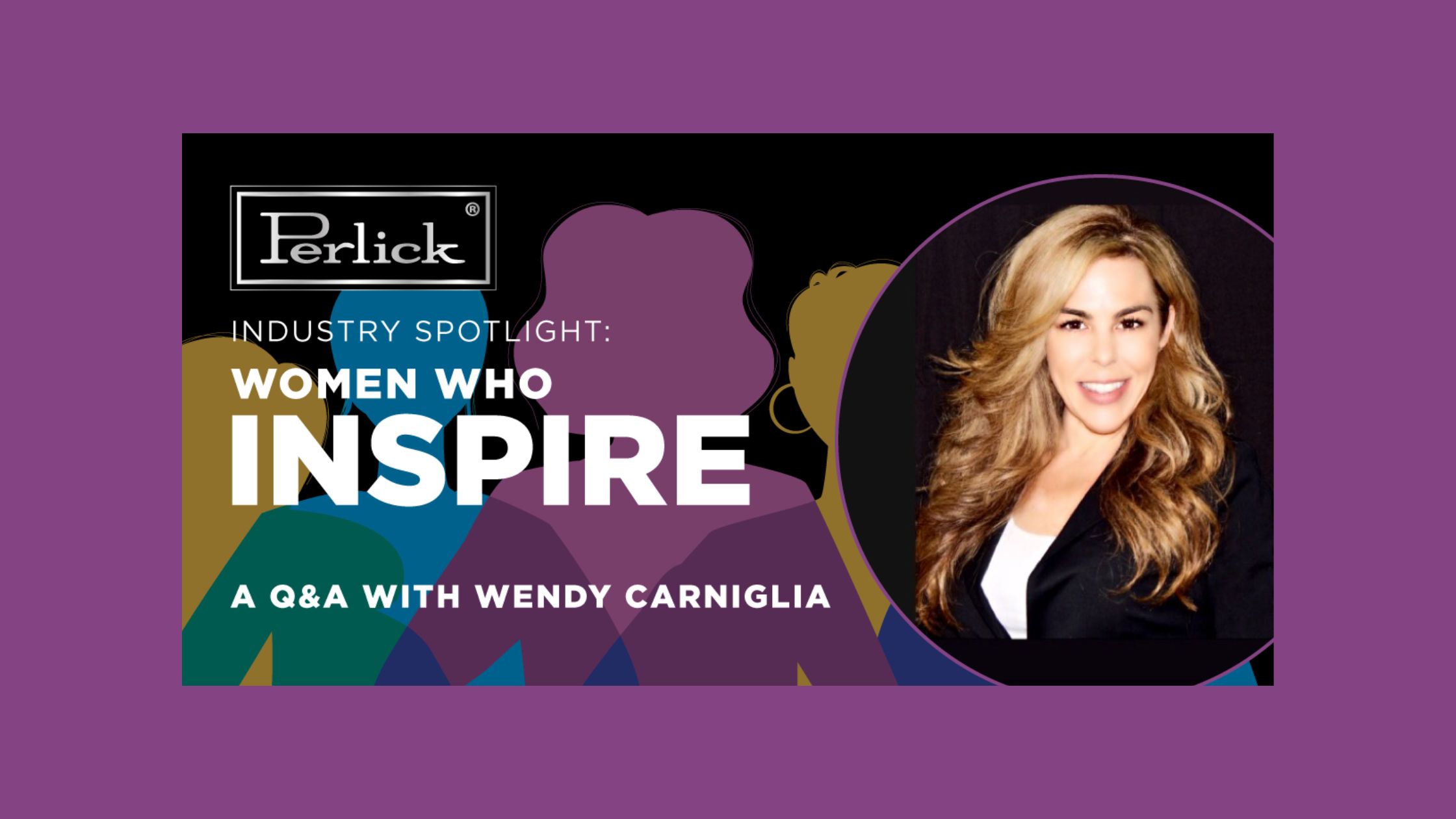We all do it. In the morning on the way to work, we stop in our favorite coffee shop for that jolt of caffeine. At the end of the day, we meet up with friends for happy hour or a post-dinner cocktail at a local bar.
Now, what if we could do both at the same bar? It’s a question that some bar operators are answering with a profitable trend – the coffee-to-cocktail bar hybrid.
While the coffee shop by day, cocktail bar by night business model is more common in Europe, these fusion operations are showing up in cities like New York and Chicago, appealing to Millennials and urban environments.
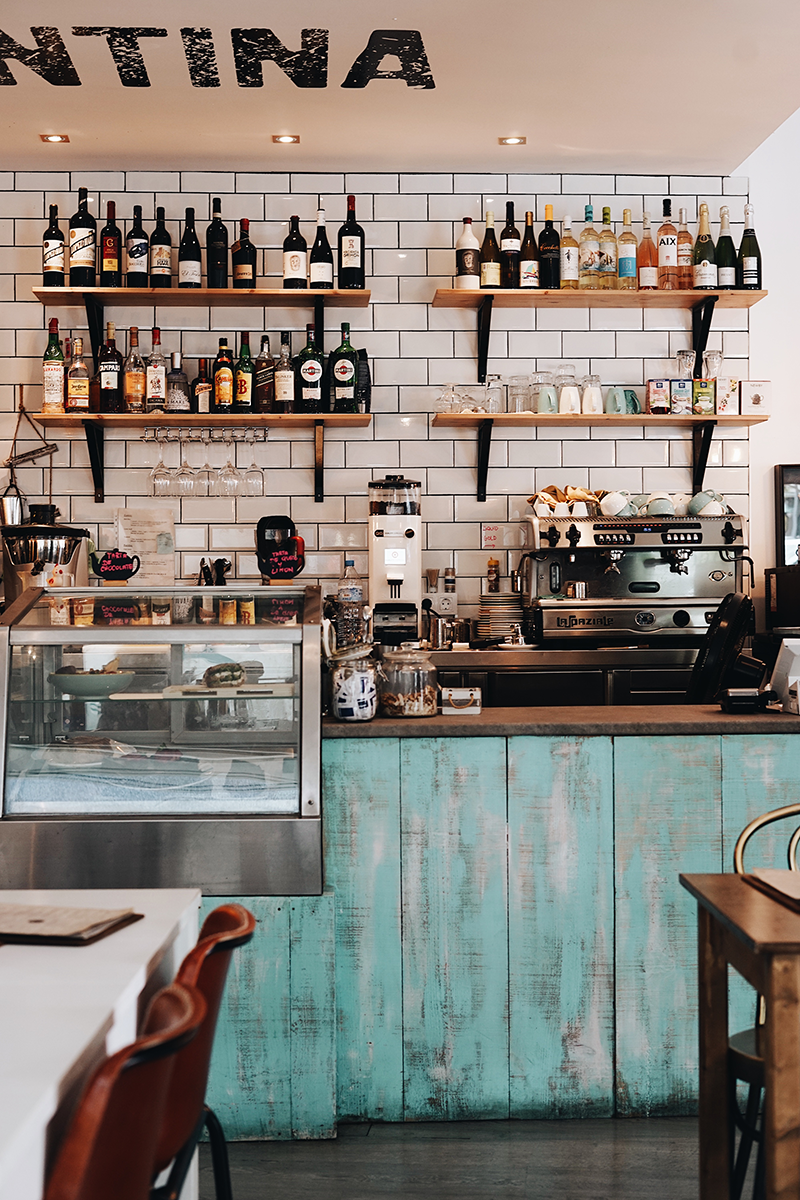 The idea is simple, and it offers consumers the best of both worlds. A coffee shop is open from the morning until the late afternoon, offering everything from traditionally brewed coffee to cold brew, and everything in between. Once happy hour hits, these coffee shops convert into cocktail bars. These drink menus range from craft cocktails to beer and wine.
The idea is simple, and it offers consumers the best of both worlds. A coffee shop is open from the morning until the late afternoon, offering everything from traditionally brewed coffee to cold brew, and everything in between. Once happy hour hits, these coffee shops convert into cocktail bars. These drink menus range from craft cocktails to beer and wine.
Since a coffee shop doesn’t require a great deal of space, the changeover time is minimal. Because the craft cocktail and craft coffee movements are so strong, today’s baristas and bartenders share common skills and techniques when it comes to drink preparation. After all, barista in Italian literally means bartender.
There are a variety of reasons why this trend makes sense for operators. Coffee-to-cocktail bars are ideal near office buildings where foot traffic is just as high during the morning coffee run as it is during happy hour. Not only does this venue mashup double the number of potential customers that may walk through the door on any given day and night, it provides two separate revenue streams. And in a larger city, that goes a long way in offsetting higher rent and other overhead expenses, helping operations grow faster.
While not all coffee drinkers are cocktail connoisseurs, and vice versa, there’s a heavy cross section of customers who enjoy the nuanced flavors and ingredients found in both kinds of craft beverages. And many of these hybrid establishments keep the coffee service up and running well into the night, making it a great option for designated drivers or non-drinkers.
Speakeasies, especially in New York City, have adopted this trend in their own unique way. Patent Pending, for example, is fronted by a fully functional coffee shop that operates all morning and afternoon until the bar opens. Similarly, Bathtub Gin, also in New York City, is fronted by Stone Street Espresso. Both of these speakeasies put as much into their coffee service as their cocktail program, maximizing profit with multiple revenue streams.


